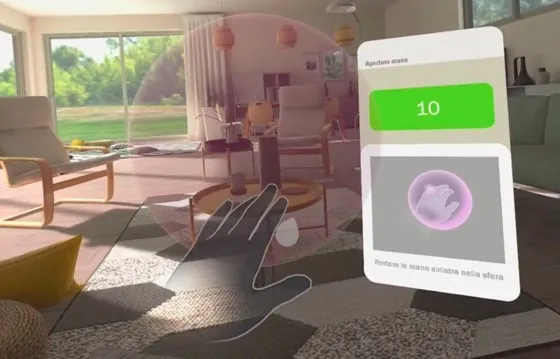
Revolutionizing Stroke Recovery: How Digital Twins and Virtual Rehab Are Changing Lives at Home
2025-07-31
Author: Sophie
Transforming Rehabilitation with Technology
At the Villa Beretta Rehabilitation Centre in Costa Masnaga,part of the Valduce Hospital network, an exciting new approach is helping stroke survivors reclaim their lives through cutting-edge technology. Thanks to a partnership with Almaviva, a leader in digital innovation, rehabilitation is no longer confined to the hospital's walls—but it’s moving into patients’ homes!
A New Era of Home Rehab
This trailblazing initiative has birthed a telerehabilitation platform that combines digital twins, virtual reality, and AI, providing customized therapies that make rehabilitation more accessible and affordable. Franco Molteni, the scientific director at Villa Beretta, expresses his enthusiasm: Our collaboration with Almaviva stems from extensive clinical research. We’re harnessing technology to revolutionize rehabilitation, allowing patients to engage in effective therapy right in their homes.
The Power of Digital Twins
Central to this innovative approach is a robust software suite that gives healthcare professionals the ability to monitor patients in real-time, whether they are in the clinic or at home. The modular design of the platform features three main components: a clinical dashboard for therapy management, a patient mobile app for tracking progress, and an immersive virtual reality interface packed with personalized exercises.
What sets this system apart is the creation of a digital twin —essentially a live, data-rich replica of the patient that evolves alongside their treatment. This digital model integrates real-time data on mobility, cognitive performance, and vital signs, offering clinicians comprehensive insights into patient progress.
Rehabilitation Tailored to Individual Need
Molteni emphasizes the importance of continuity in care. By utilizing wearable sensors during daily activities, the platform gathers valuable information about a patient’s mobility and lifestyle—enabling clinicians to craft highly tailored treatments. With technologies like virtual reality and gamification, we can effectively target both motor and cognitive functions, leading to better outcomes for our patients, he explains.
Bridging the Gap Between Therapy and Daily Life
The incorporation of eye-tracking and movement sensors allows for a seamless connection between structured therapy and real-life scenarios. The AI-driven platform not only makes sense of intricate data but also reveals patterns that could go unnoticed otherwise, refining clinical practices and long-term strategies.
Rehab Never Ends
One of the most vital aspects of this initiative is its commitment to extending rehabilitation beyond hospital boundaries. With remote sessions and ongoing monitoring, stroke survivors can engage without the hassle of travel, a significant advantage for those with limited mobility.
Promising Results and Future Aspirations
Initial trials focusing on younger stroke victims and patients with conditions like Parkinson's and multiple sclerosis have shown encouraging results. As Molteni notes, Research over the past ten years confirms that our methods are effective—virtual reality and digital therapies are not just speculative; they deliver results. But scaling these successes to broader healthcare systems remains a challenge.
Ready for Change
With a wealth of evidence backing their innovative approach, the pressing question isn't whether it works, but if healthcare systems are ready to embrace this digital shift. The healthcare digital revolution isn't a distant prospect; it’s already here. It's time to act, Molteni asserts.
Looking Ahead to a Technologically Enhanced Future
Stefano Palladino from Almaviva echoes this sentiment, highlighting the platform's potential to enhance efficiency and customize care across the healthcare spectrum. Future plans include expanding the library of exercises, integrating advanced sensor technologies, and revolutionizing how rehabilitation is administered—ultimately transforming the landscape of stroke recovery.

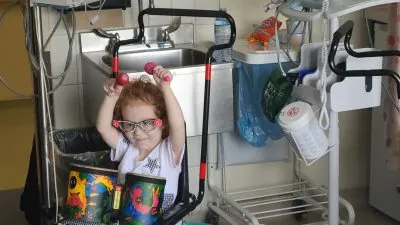
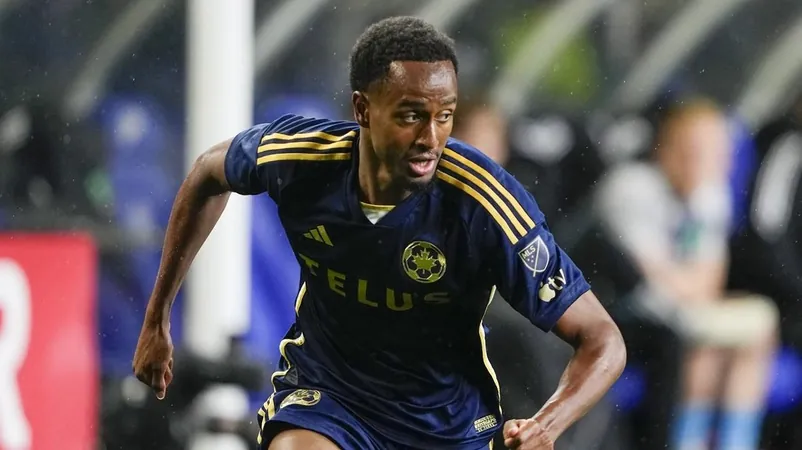
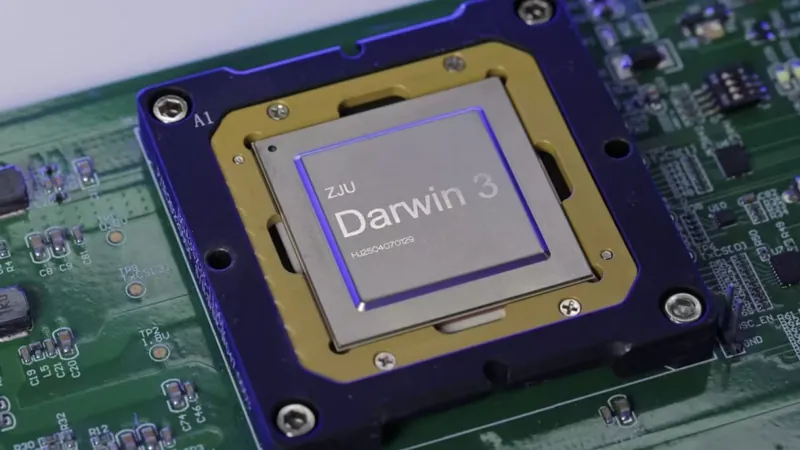
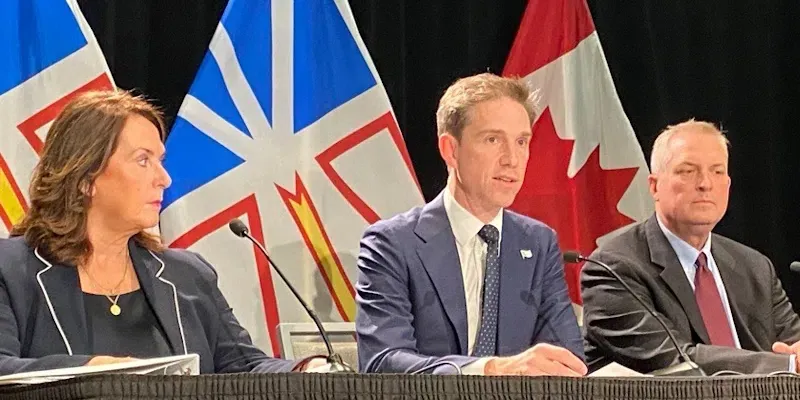

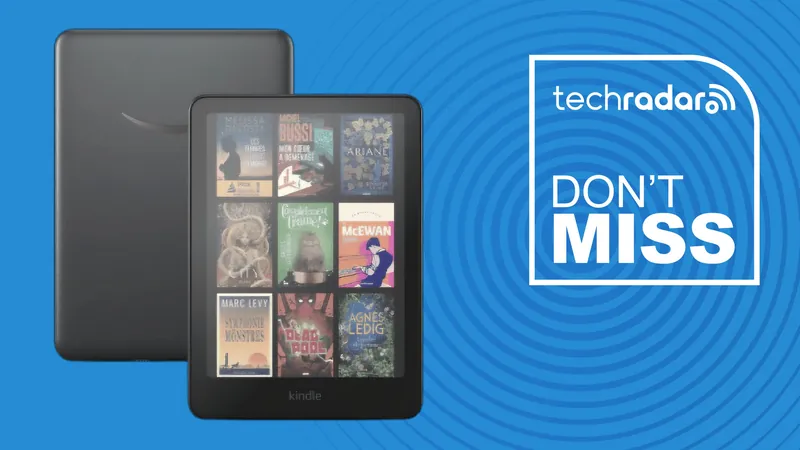
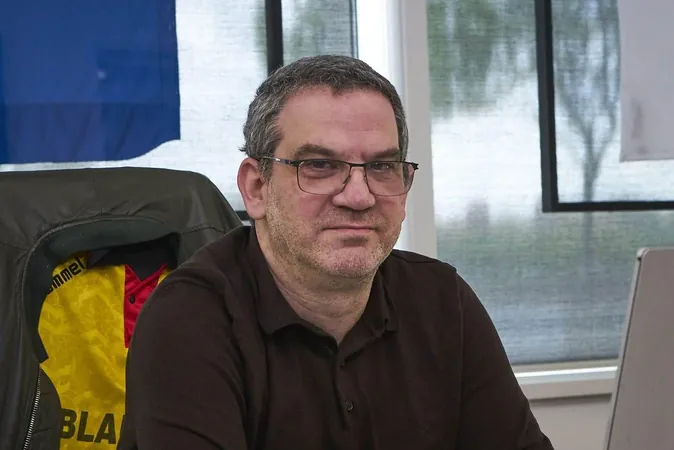

 Brasil (PT)
Brasil (PT)
 Canada (EN)
Canada (EN)
 Chile (ES)
Chile (ES)
 Česko (CS)
Česko (CS)
 대한민국 (KO)
대한민국 (KO)
 España (ES)
España (ES)
 France (FR)
France (FR)
 Hong Kong (EN)
Hong Kong (EN)
 Italia (IT)
Italia (IT)
 日本 (JA)
日本 (JA)
 Magyarország (HU)
Magyarország (HU)
 Norge (NO)
Norge (NO)
 Polska (PL)
Polska (PL)
 Schweiz (DE)
Schweiz (DE)
 Singapore (EN)
Singapore (EN)
 Sverige (SV)
Sverige (SV)
 Suomi (FI)
Suomi (FI)
 Türkiye (TR)
Türkiye (TR)
 الإمارات العربية المتحدة (AR)
الإمارات العربية المتحدة (AR)